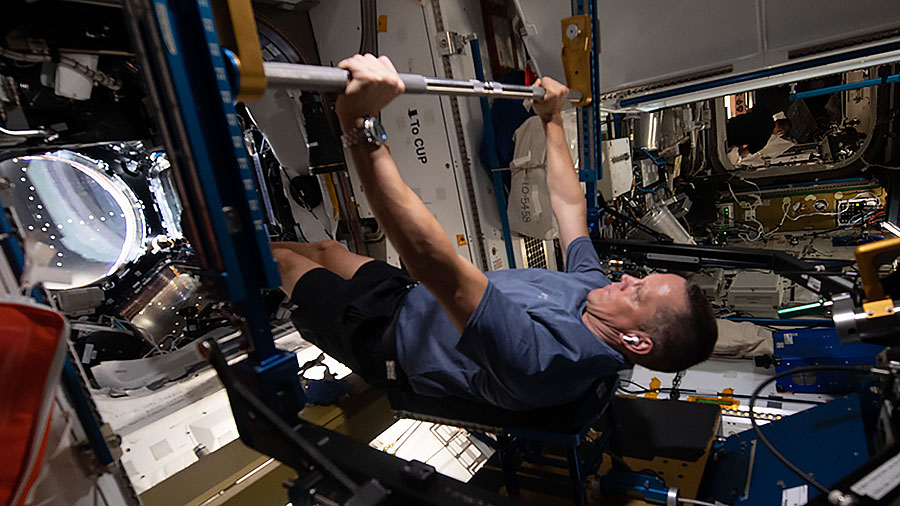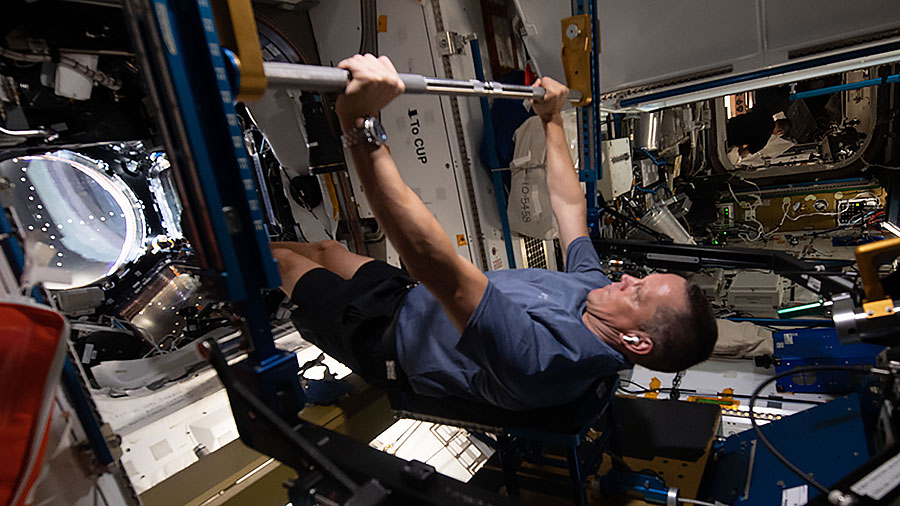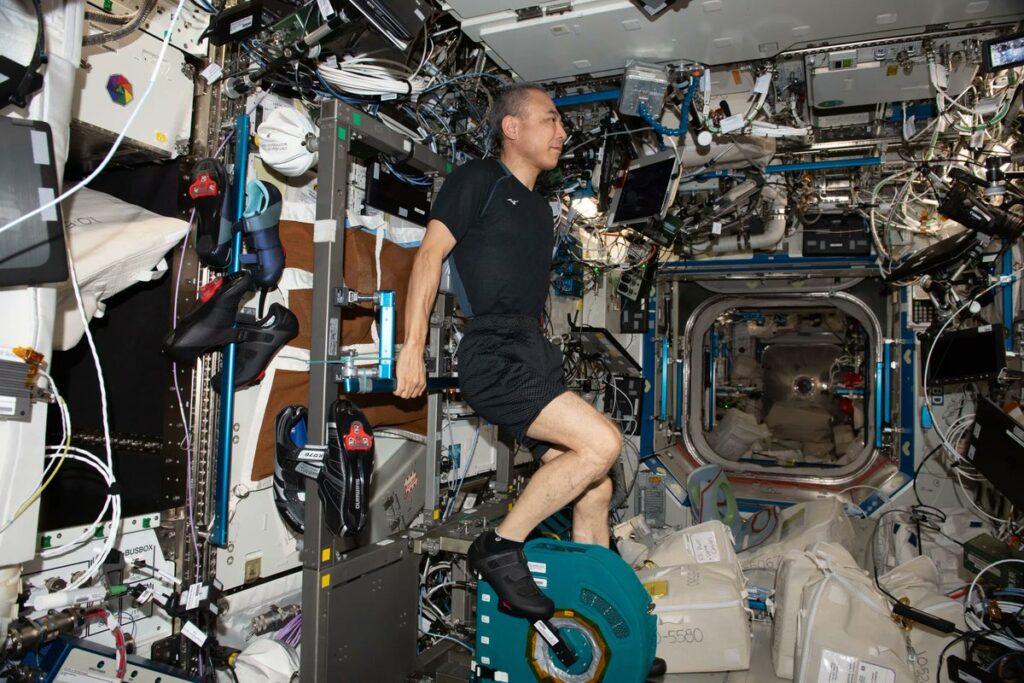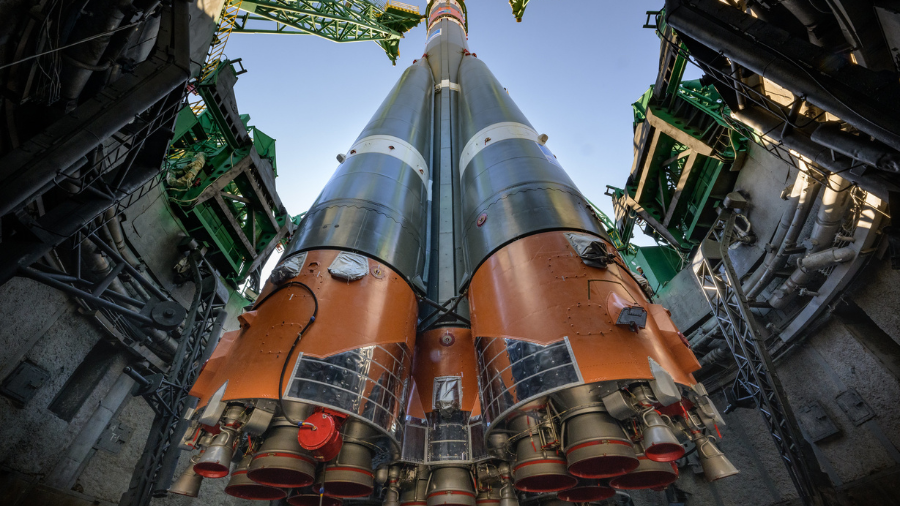
A variety of new space science is under way aboard the International Space Station following Saturday’s delivery aboard the SpaceX Dragon resupply ship. The Expedition 67 crew members are helping researchers on the ground take advantage of weightlessness to reveal new phenomena potentially benefitting humans on Earth and in space.
NASA Flight Engineer Bob Hines kicked off a new experiment today that looks at how the human immune system adapts to microgravity. Hines set up the Life Science Glovebox inside the Kibo laboratory module then serviced tissue samples for the Immunosenescence investigation. Results may inform treatments for accelerated aging processes observed in space as well as normal aging conditions on Earth.
NASA Flight Engineer Kjell Lindgren spent his day working on a pair of different experiments and configuring science hardware. He first started exploring techniques to manufacture optical fibers in space. Afterward, Lindgren began demonstrating ways to improve water recycling farther away from Earth. The two-time station visitor also disconnected components on a thermal spacesuit experiment and transferred samples stowed in Dragon to science freezers in Kibo and the U.S. Destiny laboratory module.
Astronauts Jessica Watkins of NASA and Samantha Cristoforetti of ESA (European Space Agency) studied how motion and distance perception is altered in microgravity. The duo worked in the Columbus laboratory module wearing virtual reality goggles and a neck brace while clicking on a trackball in response to visual and aural stimuli. Insights may lead to improved controls for space vehicles and more effective visual cues on Earth.
Learn more about station activities by following the space station blog, @space_station and @ISS_Research on Twitter, as well as the ISS Facebook and ISS Instagram accounts.
Get weekly video highlights at: http://jscfeatures.jsc.nasa.gov/videoupdate/
Get the latest from NASA delivered every week. Subscribe here: www.nasa.gov/subscribe




